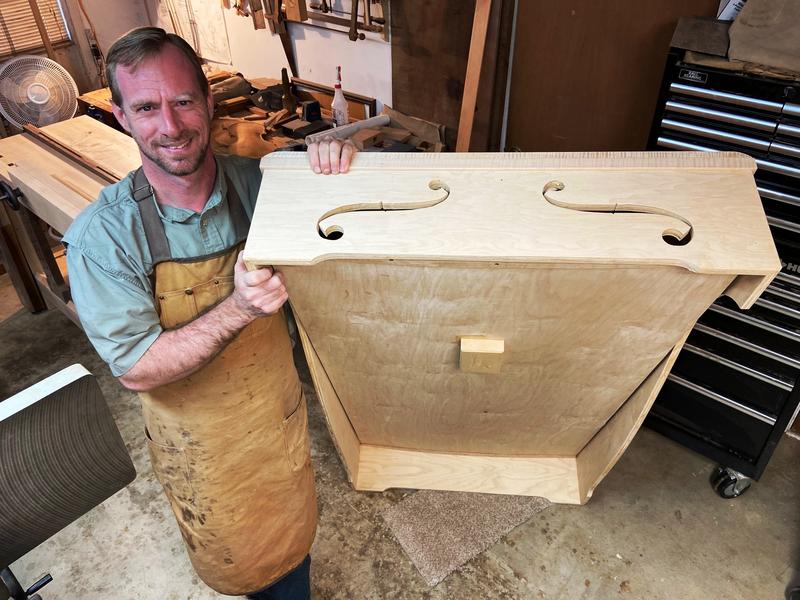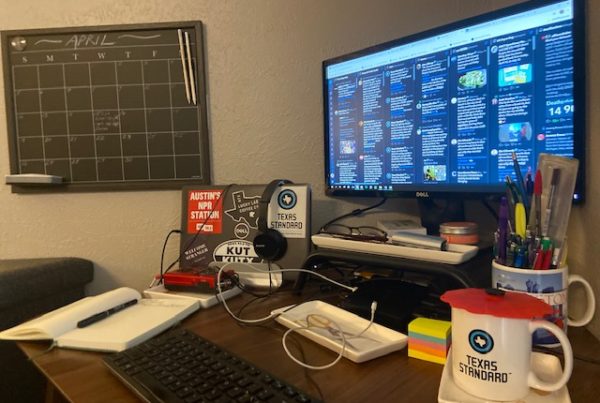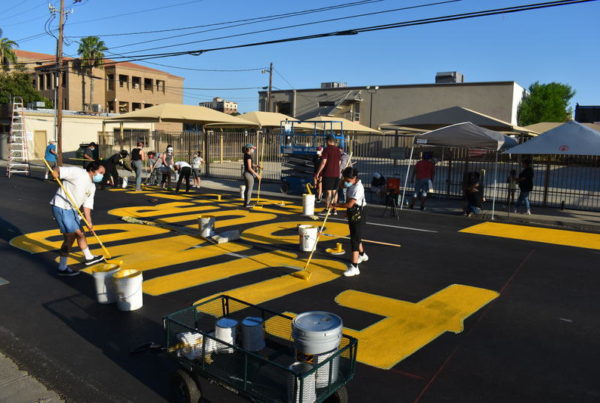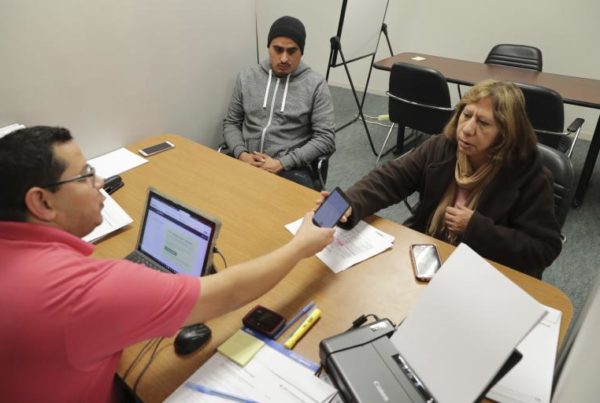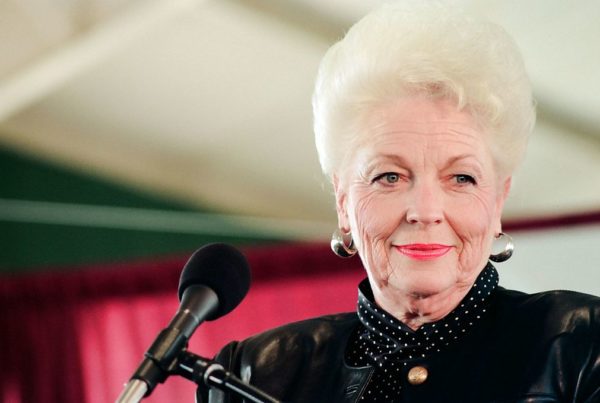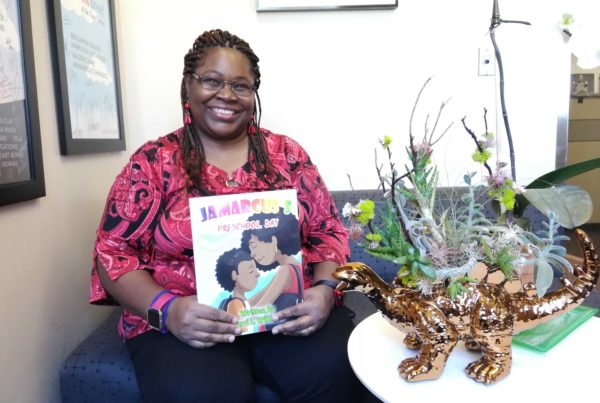From Texas Public Radio:
A chance meeting between two lovers of music ended with something that neither of them alone could create. It’s the story of two very different crafts, and the craftsmen who ply them.
Forty-something craftsman and furniture-maker Frank Strazza has a shop in Bandera filled with projects, wood and tools.
“Okay… so that’s it. So then I’ll just take a plane and plane it off flush,” he said.
In the course of about five minutes he had taken two 1-by-4-inch pieces and made a beautiful dovetail joint. Strazza said his love of woodworking came early on in life.
“By the time I was 12 years old, I knew I wanted to be a furniture maker,” he said. “I built a hand-cut, dovetailed, blanket chest for my parents. They still have that at the foot of their bed.”
Strazza had the chance to study carpentry in the European tradition, right here in Texas.
“When I was 17, I had a great opportunity to do an apprenticeship. And I apprenticed with a craftsman outside of Austin,” he said.
After the apprenticeship came a journeymanship.
“A journeyman would go on to study with a different craftsman, to maybe learn a different way, a different style of working,” he said.
Studying under two different craftsmen gave him an exceptional baseline skill onto which he’s built for the last 30 years.
“It takes a lot of hard work. Obviously having that good foundational training is superb,” Strazza said. “But then there’s the time spent at the bench behind the tools with the materials.”
Just as he hit the ground running as a wood craftsman, he got another itch.
“Right about the same time that I started my apprenticeship, I started getting interested in playing the cello,” he said.
The other key person in this story is Ken Freudigman.
“I’m the principal cellist of the San Antonio Symphony. I’ve been there since 2005. I’m also the artistic director of Camerata San Antonio, [the] Chamber Group that has been performing in San Antonio since 2003,” he said.
As a college student, Freudigman was experiencing his own kind of apprenticeship at downtown Rochester, New York’s Eastman School of Music. Over his time there something emerged in Freudigman’s mind about the curious inequality of musical solos. Most instruments could elevate their sound above the rest of the orchestra.
“The piano is up off the floor. The violinists stand when they play or if there’s a trumpet solo, they’re all up,” Freudigman said.
Cellists though, have to play sitting. But there at Eastman he heard there might be a solution.
“We heard that there were these designs for a cello podium. A cello podium that actually had a sounding board and a sound post,” he said.
Despite his best efforts though, those elusive designs simply couldn’t be found.
“So I forgot about it for 20 years,” he said.
But then fate tossed him the first curve.


